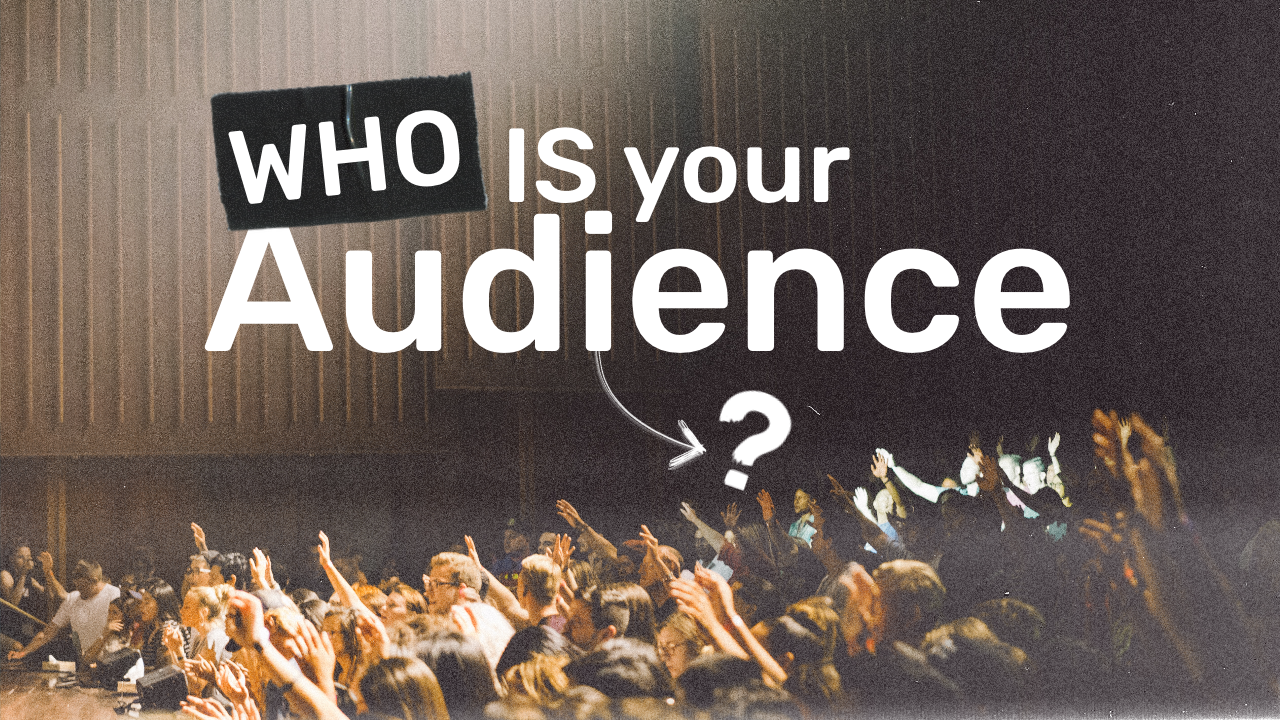Why Knowing Your Audience is the Key to Science Communication
You might have heard this before: the message is only half the equation. The other half? That could very well be your audience. In science communication, understanding who you're communicating to is a key concept that is often overlooked. It’s not only shaping your content but also the delivery, tone, and medium of your message.
Let's dive a little deeper, shall we?
WHO is your audience?
Psychographics > Demographics
One of the ways to figure out who is in front of you, is to create personas or ‘avatars' of your potential audiences. Besides the demographics (location, age, gender,…), you can improve a persona by thinking about the psychographics of your audience.
While demographics provide valuable information about age, gender, location, and other demographic factors, psychographics delve deeper into understanding the attitudes, behaviours, interests, and motivations of your audience. By analysing psychographics, you gain insights into the specific mindset, values, and beliefs of individuals.
Imagine Bob and Jack. Both these guys are 35 years old, male, live in the same city and have a wife and a son. Bob works at a bank, drives a big SUV and loves to play baseball in the evening with his buddies. Jack is a nature guy, rides a bike and works as a guide in a local nature reserve. These are of course exaggerated stereotypes, but we can both understand that they probably wont have the same interests, values or beliefs.
So, who are your Bobs, Jacks and all the people who would be interested in your story?
Figure out the science background
Imagine explaining quantum physics to a group of high school students using the same jargon and complexity as you would in a peer-reviewed journal. The result? Blank stares, disengagement and probably a lot of teenagers hunched over scrolling TikTok.
When you know you are talking to a group of people, try understanding your audience's background, education level, and interests. A great way to practise this is to explain the same concept in 5 levels of lowering technicalities. Start with explaining your research to a professor, then an undergrad, a high-school student, your grandma and finally a 5 year old kiddo. Guess you simplified a lot by the time you got to the end.
Most scientists are afraid of not being complete when ‘dumbing down’ the science. But here’s a different mindset: What if you could ignite the interests in science in an audience by reaching them on their level first?
Where are they hanging out?
Different audiences visit different platforms. While younger audiences might be more active on TikTok or Instagram (or whatever the next hot platforms will be called), older demographics might prefer traditional news outlets or specialised forums and Facebook groups. But don’t forget all the science talks, panel discussions or exhibits people like to visit in the real world!
As you can see, what we are really looking at here are the offline and online behaviours of your followers. Ask yourself these questions and before long you get an idea of who that person you are trying to reach really is. When you are already creating content you can use their feedback to slowly improve and connect better with your fans.
A school visiting a science show with their students
Students scrolling while waiting for the next class.
A community of change
Ultimately, one of the goals of science communication is to drive action, be it policy changes, research funding, or public advocacy. By understanding what motivates your audience, their barriers, and their influencers, you can craft calls-to-action that really mobilise and inspire.
When you are yourself and create from within, people will understand your message and follow along for the ride. You might even instigate some changes in their own lives because of your efforts.
Our challenge as communicators lies in continuously adapting, and evolving with our audience. It’s how we keep science a beacon of knowledge, inspiration, and positive change for all of us!
Join the Movement
Eager to learn how you can apply science communication for your own research? You can learn more with our own workbook. 30 steps, 45 exercises and 6 modules will guide you through what you need to know to get started!





